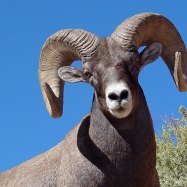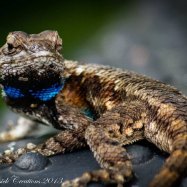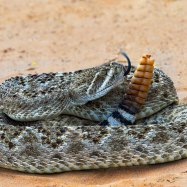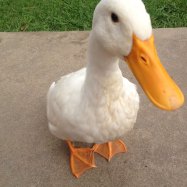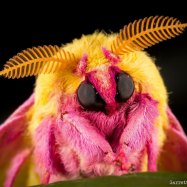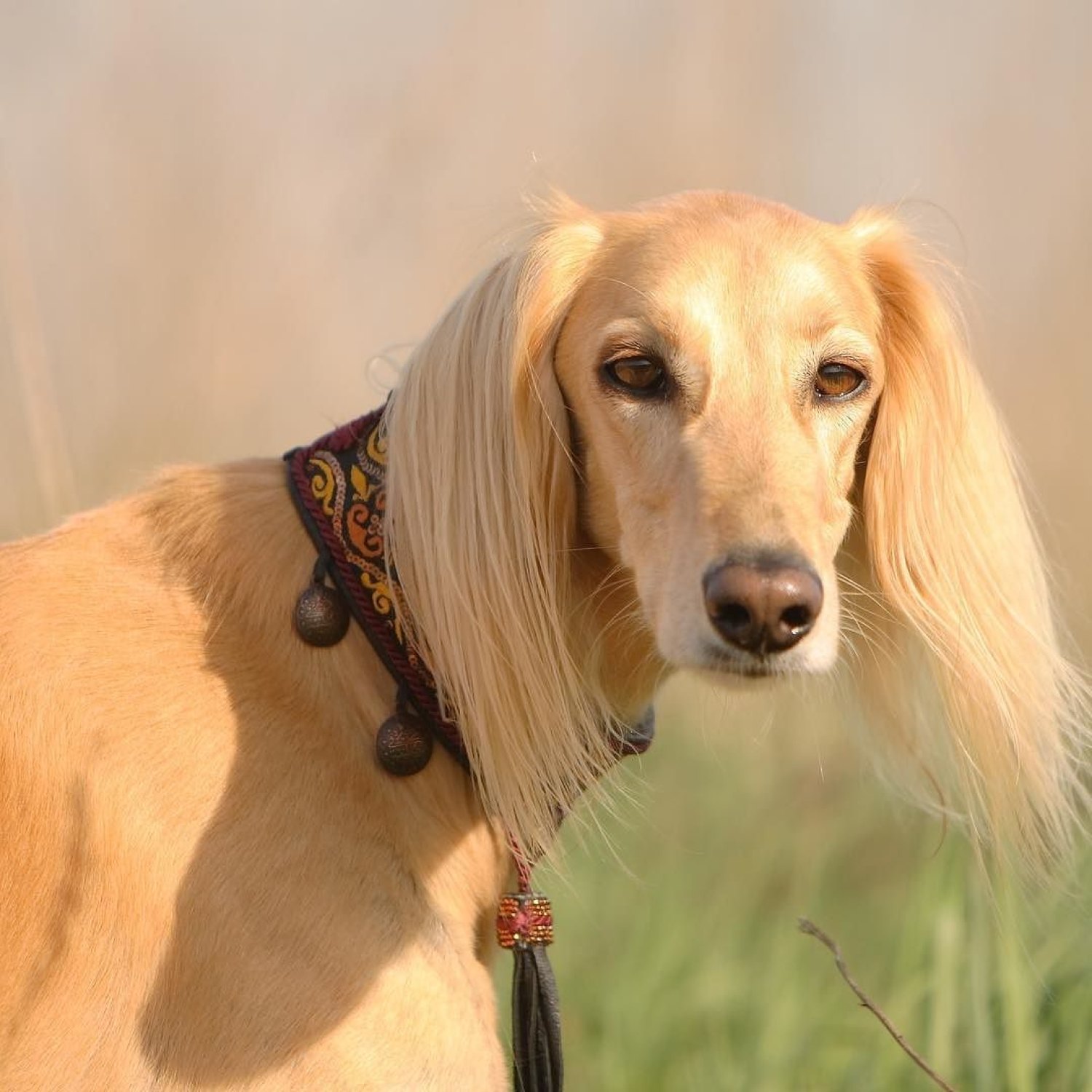
Saluki
58-71 cm
Discover the graceful Saluki, a stunning canine with a lean and aerodynamic body shape. Originating from Asia and belonging to the Canidae family, these elegant creatures can grow up to 58-71 cm in length. Learn more about these fascinating animals and their unique characteristics. #saluki #canidae #asia #doglover
Animal Details Summary:
Common Name: Saluki
Kingdom: Animalia
Habitat: Deserts, plains, and open areas
The Royal Hound of the East: The Magnificent Saluki
The Saluki, also known as the Persian Greyhound, is a majestic breed of dog that dates back thousands of years. Known for its graceful and elegant appearance, the Saluki is not only a stunning companion but also a highly skilled hunter. Believed to originate from the lands of ancient Persia, the Saluki has captured the hearts of many with its regal persona and unwavering loyalty.Ancient Origins
The history of the Saluki can be traced back to the Middle East, particularly the country of Iran Saluki. This breed has been known by many names over the years, including the Royal Dog of Egypt, Gazelle Hound, and Persian Greyhound. Its existence can be dated back to approximately 7000 BC, with artifacts and carvings found in ancient Egyptian tombs bearing a striking resemblance to this noble breed.Physical Characteristics
The Saluki is a sight to behold, with a lean and aerodynamic body that gives off an air of elegance. Its long, silky coat comes in a variety of colors, including white, cream, fawn, red, black, and tan. This breed has a long and narrow face, accentuated by long and floppy ears, and a svelte body that makes it the perfect athlete.Standing at 58-71 cm tall, the Saluki not only has a height advantage but is also known for its speed and agility. These qualities, along with its distinctive appearance, have earned the Saluki the nickname of "the royal hound of the East."
Habitat and Geographical Distribution
As a highly adaptable breed, the Saluki can thrive in a variety of habitats. However, they have a preference for arid, desert regions, and open areas, which mimics their natural hunting grounds Swedish Elkhound. This makes the Middle East an ideal place for Salukis to flourish.While their origins may lie in Iran, this breed can now be found across Asia and in many other parts of the world. Thanks to their reputable hunting skills, the Saluki has become a coveted breed, and its popularity has expanded beyond the Middle East.
Natural Hunters
The Saluki is a natural hunter and has been known to hunt gazelles, foxes, and rabbits in the deserts and plains. Their graceful and athletic build allows them to run at incredibly high speeds, and their sharp eyesight helps them spot prey from afar. Once they spot their target, they use their agile bodies to chase and catch their prey with remarkable precision.Loyal Companions
Despite their hunting instincts, Salukis make excellent companions. Their unwavering loyalty and loving nature make them great family pets. They thrive in households where they receive ample love and attention, and they make great playmates for children.However, it's important to note that Salukis are not very outgoing with strangers. They are known to be reserved and cautious, which makes them excellent guard dogs. With proper training and socialization, this breed can make for a loving and devoted member of the family.
The Saluki's Role in History
The Saluki has played a significant role in the history of its native land, with references to this breed dating back centuries. In ancient Persia, Salukis were held in high regard and were often depicted in paintings and engravings, reflecting their importance to society.Moreover, Salukis were also gifted as diplomatic offerings to other royals and were even mentioned in stories from the Quran, solidifying their status as a revered breed in the region.
Challenges Facing the Saluki
Despite its majestic history and undeniable beauty, the Saluki faces a number of challenges in today's world. Due to its popularity, this breed has often been overbred, leading to genetic and health issues. Therefore, it's crucial for potential owners to do thorough research and only purchase a Saluki from a reputable breeder.Furthermore, Salukis require regular exercise and have a tendency to chase small animals, which can pose a risk to other pets and wildlife. This breed also has specific dietary needs and may require a diet that is higher in protein and fat to maintain its lean and muscular physique.
A Bright Future for the Saluki
Despite these challenges, the Saluki remains a beloved breed, and efforts are being made to preserve its noble heritage. In some countries, Salukis are used for lure coursing, a sport that allows them to showcase their natural hunting abilities.Additionally, many Saluki enthusiasts are also working tirelessly to ensure responsible breeding practices, leading to healthier and happier dogs. With proper care and attention, the future for this breed looks bright and promising.
In conclusion, the Saluki is a truly remarkable breed that continues to captivate people with its grace, speed, and regal presence. Its impressive history and natural hunting abilities make it a breed worth preserving, and with responsible ownership, this majestic hound can continue to thrive for many years to come. Whether as a loyal companion or an exceptional hunting partner, the Saluki will always hold a special place in the hearts of those fortunate enough to experience its magnificence.

Saluki
Animal Details Saluki - Scientific Name: Canis lupus familiaris
- Category: Animals S
- Scientific Name: Canis lupus familiaris
- Common Name: Saluki
- Kingdom: Animalia
- Phylum: Chordata
- Class: Mammalia
- Order: Carnivora
- Family: Canidae
- Habitat: Deserts, plains, and open areas
- Feeding Method: Carnivorous
- Geographical Distribution: Middle East
- Country of Origin: Iran
- Location: Asia
- Animal Coloration: Various colors including white, cream, fawn, red, black, and tan
- Body Shape: Lean and aerodynamic
- Length: 58-71 cm
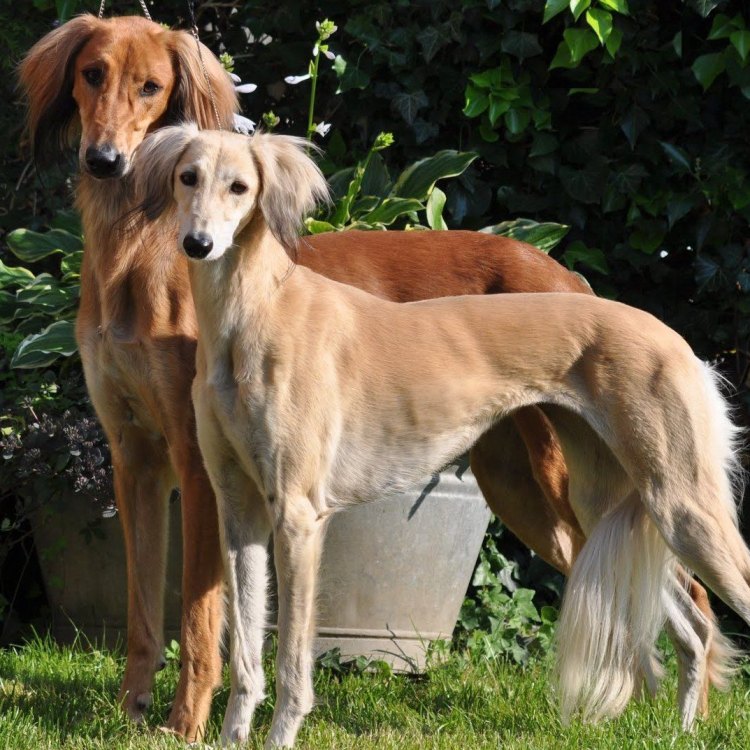
Saluki
- Adult Size: Medium-sized
- Average Lifespan: 12-14 years
- Reproduction: Sexual
- Reproductive Behavior: Mating and birthing of puppies
- Sound or Call: Barking and howling
- Migration Pattern: Non-migratory
- Social Groups: Pack-oriented
- Behavior: Gentle, reserved, and independent
- Threats: Hunting, habitat loss, and climate change
- Conservation Status: Least Concern
- Impact on Ecosystem: Helps control small mammal populations
- Human Use: Companion and hunting dog
- Distinctive Features: Long and slim body, feathered ears, and curved tail
- Interesting Facts: Considered one of the oldest dog breeds, known for their speed and endurance
- Predator: None in natural habitat
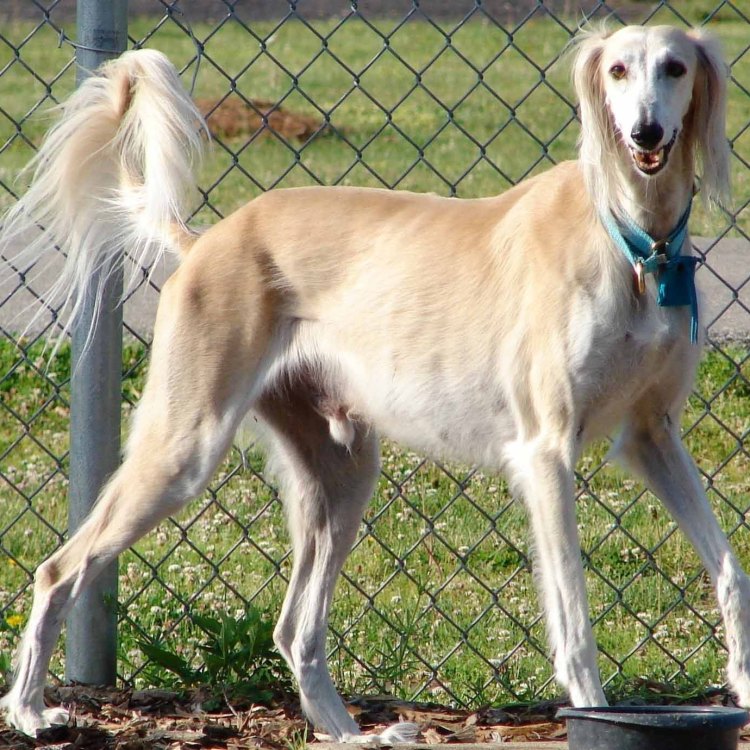
Canis lupus familiaris
Exploring the Unique and Timeless Saluki: The Royal Dog of Ancient Persia
When it comes to ancient dog breeds, the Saluki stands out as a true timeless beauty. This elegant and gentle dog has captured the hearts of people for centuries with its stunning appearance, graceful demeanor, and inherent hunting skills. Known as the “Royal Dog of Ancient Persia,” the Saluki is a symbol of nobility and beauty, and it's no wonder they have been revered as the "king of dogs."But beyond their regal look, what makes the Saluki truly unique and special? In this article, we will delve into the fascinating world of this ancient breed, from their physical features to their behavior, and their intriguing history PeaceOfAnimals.Com. Read on to discover what makes the Saluki a remarkable and beloved dog breed.
The Stats and Basics of the Saluki
Before diving into the details, let's cover some basic information about the Saluki. This medium-sized breed typically stands between 23-28 inches tall and weighs between 35-65 pounds, making them an ideal size for both urban and rural living. They have an average lifespan of 12-14 years, an impressive age for a medium-sized dog.The Saluki belongs to the sexual reproduction category, meaning they reproduce through mating and give birth to puppies. When it comes to their vocalizations, Salukis are not known for being loud. They are more likely to bark and howl occasionally rather than constantly. This trait makes them suitable for apartment living, as they won't disturb the neighbors.
In terms of their migration pattern, Salukis are considered non-migratory, which means they don't have a set movement pattern and don't migrate to different locations Senepol Cattle. They are known for their pack-oriented behavior, meaning they prefer to live and hunt in groups, making them a social dog breed.
The Gentle Beauty of the Saluki
One of the most distinctive features of the Saluki is their long and slim body, which gives them a graceful and elegant appearance. They are built for speed and endurance, with long, muscular legs that make them perfect for hunting.But beyond their physical beauty, the Saluki is also known for its gentle and reserved nature. They are independent and can be quite aloof at times, making them a unique breed when compared to other dog breeds that are known to be more affectionate and attached to their owners. This independent behavior traces back to their hunting instincts, where they needed to rely on their own judgment and skills to survive in the harsh desert landscape of Persia.
While Salukis may not always be the most affectionate dog breed, they are loyal and loving to their owners. They are great companions and thrive when they have a strong bond and trust with their owners. This loyal and somewhat reserved nature makes them ideal for singles or couples who are looking for a faithful companion.
The Not-So-Threatened Saluki
When it comes to threats to the Saluki, there are three main factors that pose a danger to this ancient breed - hunting, habitat loss, and climate change. Historically, Salukis were bred as hunting dogs, and while they are now popular as companion animals, hunting is still a part of their instincts. Therefore, hunting remains a potential threat, though not as significant as the other two.Habitat loss and climate change can also pose significant risks to the Saluki. As a non-migratory breed, they depend on their natural habitat for survival. But with human development and changing weather patterns, their habitat is slowly diminishing, putting the breed at risk.
However, despite these threats, the Saluki's conservation status is currently listed as "Least Concern" by the International Union for Conservation of Nature (IUCN). This classification is a testament to their resilience and adaptability to changing environments. But it's also a reminder that we must do our part to protect this unique breed and their natural habitat.
The Saluki's Role in the Ecosystem
As with any species, the Saluki plays a significant role in the ecosystem. They are natural hunters and are known for their speed and endurance, making them highly effective in controlling small mammal populations. This trait is crucial in maintaining a balanced ecosystem and preventing overpopulation of certain species, which can have devastating effects on the environment.Additionally, Salukis may also have a positive impact on the ecosystem as companion dogs. Many studies have shown that owning a pet has numerous physical and mental health benefits, and the Saluki is no exception. Their calm and gentle presence can bring a sense of peace and well-being to their owners, which can, in turn, have a positive ripple effect on the environment.
The Versatile Use of Salukis
Aside from being a beloved companion, the Saluki has a long history of use in hunting. Their skills and physical attributes make them ideal for hunting small game, such as rabbits and hares. They have been used by nomadic tribes for thousands of years to hunt and provide food for their families.Today, Salukis are no longer needed for hunting as a means of survival, but they are still used in various forms of hunting as a recreational activity. They excel in lure coursing, a sport where they chase a mechanical lure resembling prey, mimicking the traditional hunting experience. Salukis have also competed and excelled in other dog sports, such as agility and obedience.
Additionally, their calm and gentle demeanor also makes them popular therapy dogs. They have been used to provide comfort and support to people in hospitals, nursing homes, and even disaster zones.
The Unique Features of the Saluki
The Saluki's distinctive features go beyond its physical appearance and behavior. They are also known for their unique reproductive behaviors, making them different from other dog breeds. Saluki females have a relatively short fertility period, lasting only 3-4 days, making it a crucial time for mating.The birthing process for Salukis is also different from other dog breeds. Unlike most dogs, Salukis prefer to give birth in a quiet and peaceful environment. They may seem nervous and restless during labor, but once they give birth to their puppies, they become calm and attentive mothers, taking great care of their young.
And of course, we can't talk about the Saluki's unique features without mentioning their distinct sound or call. While they may not be as vocal as other dog breeds, Salukis can produce a variety of sounds, including barks, howls, and whines. Each sound has a different meaning and is often used to communicate with their pack.
Fascinating Facts about the Saluki
As one of the oldest dog breeds, the Saluki is full of fascinating history and facts. One notable fact is that the Saluki was a favorite of the royal family of ancient Persia, earning the title of "Royal Dog of Ancient Persia." They were often depicted in ancient art and were highly valued for their beauty and hunting skills.Another interesting fact is that the Saluki is considered one of the fastest dog breeds, with speeds reaching up to 40 miles per hour. They are also known for their incredible endurance, a trait necessary for hunting in the desert landscapes of their native Persia.
Interestingly, the Saluki's closest relative is the Afghan Hound. Both breeds share a striking resemblance, from their long and slender body to their feathered ears and curved tails. This similarity is due to their shared ancestry, with both breeds originating from the Middle East.
A Saluki's Natural Habitat
In their natural habitat, Salukis do not have any natural predators, as they are usually the top of the food chain. They evolved to survive in harsh desert climates, with their long legs and slim bodies helping them to navigate the sandy terrain and the hot temperatures.Their natural habitat is diverse, ranging from the dry and barren deserts of Persia to the rocky hillsides of Turkey. However, they are adaptable and can also thrive in other environments, as long as they have enough space to run and exercise.
In Conclusion
The Saluki is a truly unique and remarkable breed that has stood the test of time. Their history, physical features, and behavior make them stand out from other dog breeds and earn them a special place in the hearts of their owners. Whether as a loyal companion or a skilled hunter, the Saluki continues to capture the attention and admiration of people worldwide.But as with any species, it is our responsibility to protect and preserve the Saluki and its natural habitat. With threats like hunting, habitat loss, and climate change, it's up to us to ensure that this ancient breed continues to thrive for generations to come. We must appreciate and celebrate the Saluki's uniqueness and make sure it never fades away into the sands of time.
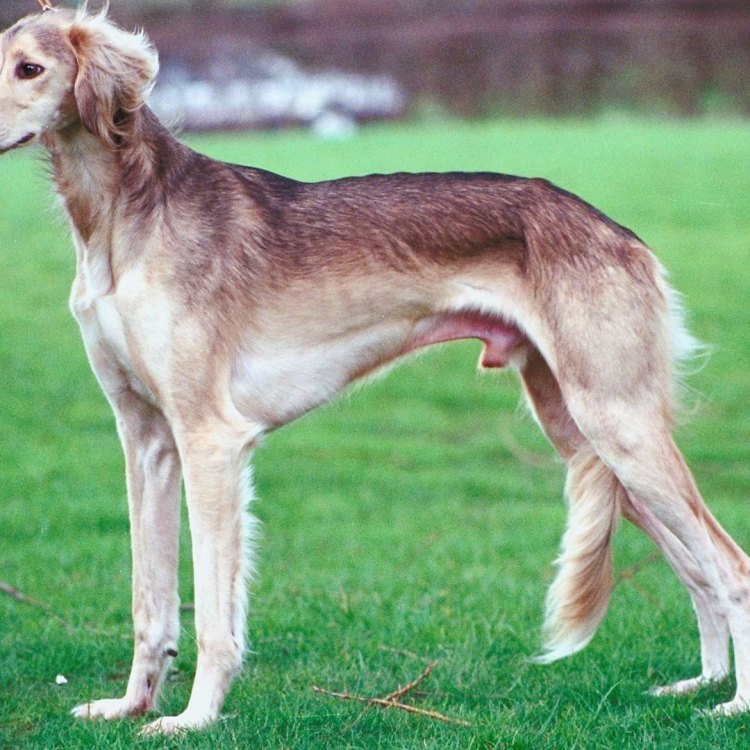
The Royal Hound of the East: The Magnificent Saluki
Disclaimer: The content provided is for informational purposes only. We cannot guarantee the accuracy of the information on this page 100%. All information provided here may change without prior notice.



